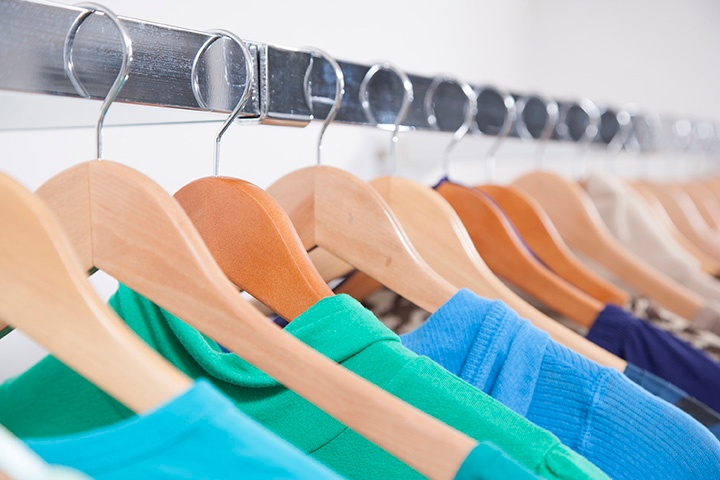Microplastic Impact: The Hidden Costs of Athleisure Clothing
Yoga pants, track jackets, joggers, comfy gym shorts—athletic clothing is no longer just for athletes or fitness gurus. The athleisure trend is at an all-time high, particularly in cultures that are starting to prioritize comfort and versatility in casual fashion.

By Robert Goldsand
October 30, 2018

Yoga pants, track jackets, joggers, comfy gym shorts—athletic clothing is no longer just for athletes or fitness gurus. The athleisure trend is at an all-time high, particularly in cultures that are starting to prioritize comfort and versatility in casual fashion.
Sales of athletic clothing have seen massive growth in the past decade—at an increase of 61% since 2007, sales this year stand at $290 billion. And things are looking up—this number is predicted to rise to $355 billion by 2021. Have a look in your own closet, and you are likely to find more than a couple items of athleisure clothing, whether it is your favorite tank top or those yoga pants you wear pretty much everywhere.
But, as with everything we consume, our clothing has an impact on the world around us—particularly the synthetic fabrics so popular in athleisure and other casual clothing.
What makes synthetic fibers so dangerous, and what—in the name of comfort and versatility—can consumers do to minimize their impact?

What are synthetic fabrics?
Synthetic fibers are found in about 60% of clothing worldwide. This is due to their durability, flexibility, and comfort—and in some cases, quick-drying abilities. Common synthetic fibers used in athleisure and athletic wear include polyester, fleece, spandex (elastane), nylon, and acrylic.
Unfortunately, these fibers are not biodegradable. Derived from petroleum, fabrics like polyester and nylon can take hundreds of years to decompose due to the carbon-carbon bonds used to build polymers.
How do synthetic fabrics impact our oceans?

When washed, synthetic clothing sheds plastic microfibers that are carried off to waste treatment plants and subsequently to the sea. Studies have found that hundreds of thousands of fibers can come off in the wash and make their way into our oceans, somehow evading wastewater treatments. Once set free to roam the sea, plastic fibers cling to coral reefs, creating abrasions that leave coral vulnerable to infection and ultimately destruction.
One of the biggest threats from these microplastics is their ability to absorb toxic chemicals in the water. Pollutants like polychlorinated biphenyls (PCBs) accumulate in high concentrations in microplastics, which eventually make their way through the food chain to humans—and transfer into our bodies’ tissues.
What can you do?
The toxicity that microplastics bring to our oceans is bad news for marine life and humans alike, but what can be done? As a consumer, there are a few things you can do to contribute:
- Minimize how often you wash your clothing to reduce the amount of microplastic fibers shed, and use a side-loading washing machine when possible, as they are a bit gentler.
- When shopping, aim for clothing that minimizes the amount of synthetic fibers in use. Go for fabric blends made from recycled polyester and natural fibers—or if possible, 100% natural, organic fibers that are grown and sourced sustainably, as these fibers biodegrade. For your next clothing purchase, try organic or recycled cotton, organic hemp or flax, or wool.
- Choose brands that demonstrate transparency and accountability when it comes to their sourcing and production processes. Check for commitments to sustainability coalitions and certifications like the Zero Discharge of Hazardous Chemicals (ZDHC) Program, the Sustainable Apparel Coalition (SAC), and the Global Organic Textile Standard (GOTS).
- Do not buy what you do not need. Everything we consume has an impact on the environment—from the microplastics shed by our clothing to the chemicals and water used to produce them. Styles like athleisure may be fun and comfy—but you may not need ten pairs of leggings and a dozen basketball shorts.
Worried about global issues like microplastics and their effect on our oceans? Join our collaborative and like-minded team at ADEC Innovations! We are always on the lookout for sharp, energetic team members excited to share their ideas and make an impact. Check out our current career opportunities here to learn more.
Related Articles
Industry-Apparel, microplastics
Be a sustainability leader.
Our team supports you no matter where you are on your Sustainability Journey. Talk to us today to learn more.


